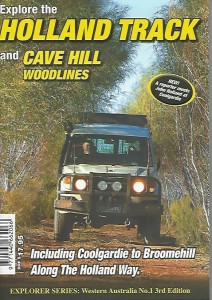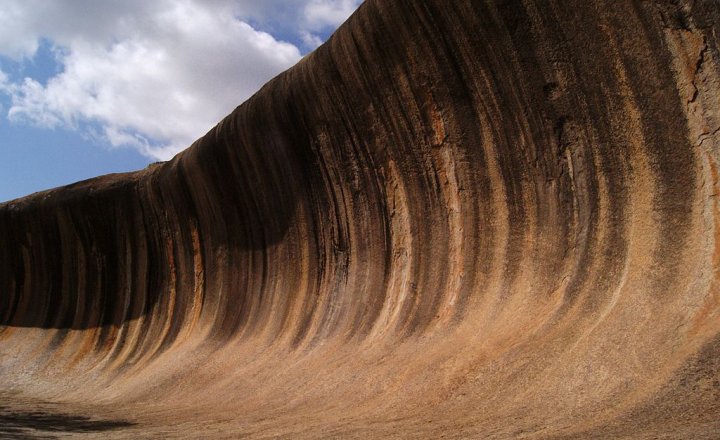 Wave Rock draws thousands of adventure enthusiasts every year to view its impressive massive granite formation while touring Western Australia’s eastern agricultural area. A big part of exploring this region involves spotting some of the unique fauna and fauna that is seldom found in other parts of the world.
Wave Rock draws thousands of adventure enthusiasts every year to view its impressive massive granite formation while touring Western Australia’s eastern agricultural area. A big part of exploring this region involves spotting some of the unique fauna and fauna that is seldom found in other parts of the world.
The Ringneck Parrot
This attractive large long-tailed parrot can often be seen dashing through the mallee scrub. Its bright green body plumage contrasting with blue underwings and a noticeable yellow band around its neck (hence the name). Its head is black with a touch of purple under the beak. Ringnecks, also known as Port Lincoln Parrots, feed on seeds, fruit, nectar and flowers and can often be seen beside the roads feeding on spilt grain. They are relatively common throughout the region.
Bobtail Lizards
One of the most recognised lizards in the country they are also often referred to as the pinecone lizards, sleepys, shingle backs and bogeyes. Their distinctive body is extremely robust and they come with a large triangular shaped head and a blunt tail. With a life of over 20 years, these impressive creatures tend to live rather long compared to other forms of lizards. If you happen to spot one while exploring the Wave Rock area, make a note of their bright blue tongue that they show when they feel intimidated.
Emu
These large and flightless birds come with extremely powerful legs and relatively small wings. Emus are usually seen in small family groups but may occasionally gather into larger flocks. Emus nest and breed in the cooler months of the year with the male doing most of the brooding and looking after the newly-hatched chicks. Adult emus have few natural predators and can generally outrun most threats however, if cornered, emus are able to defend themselves by kicking and even jumping on any dingo or other threat. They are considered to be of least concern from a conservation perspective.


No Comments Yet